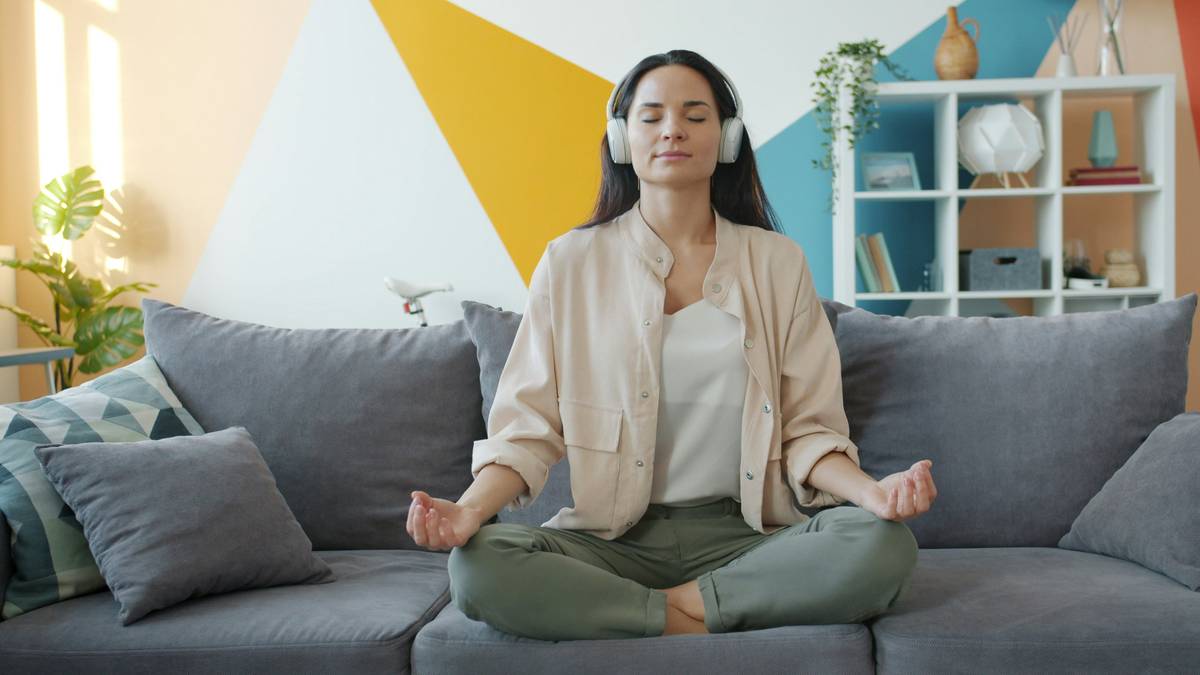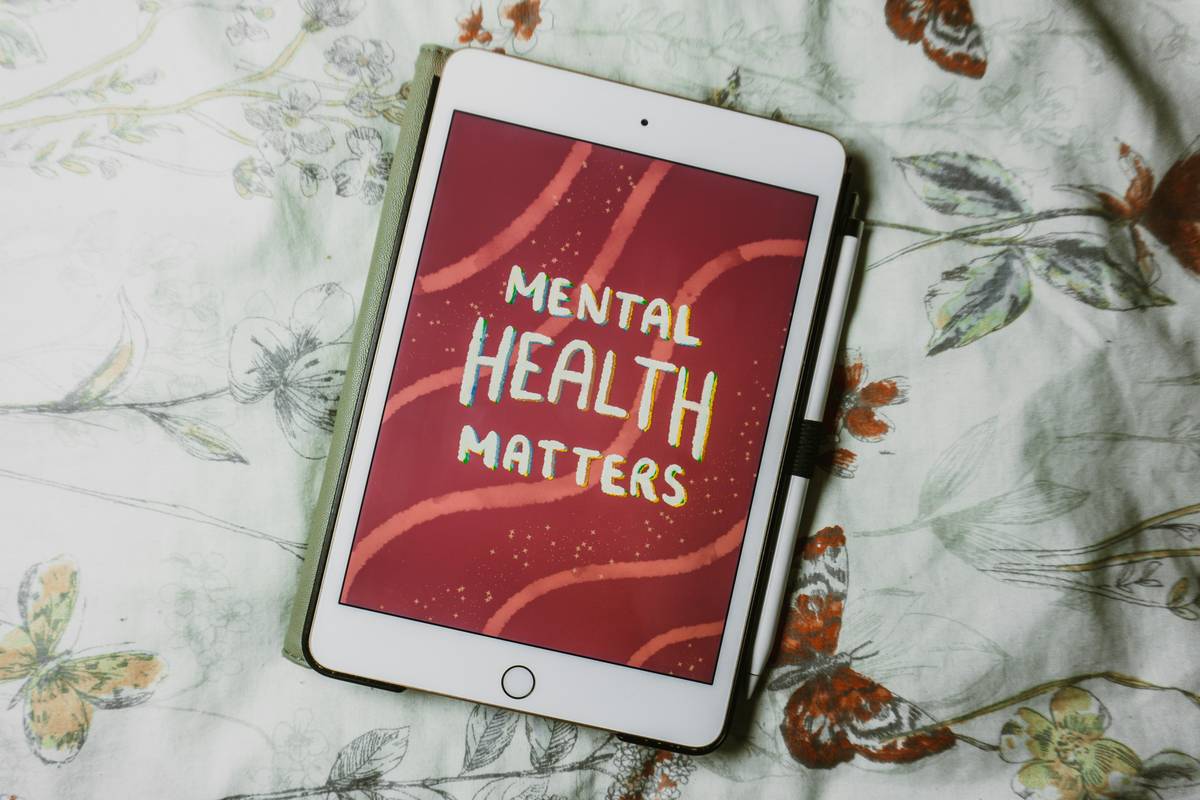Ever felt so overwhelmed by stress that you wished someone—or something—could just take the wheel? Yeah, us too. But what if your wellness activity tracker could do more than count steps?
In today’s chaotic world of endless to-do lists and digital fatigue, managing stress has become as essential as breathing (literally). That’s where tools like wellness activity trackers come in—a game-changer for mental wellness and stress management. In this guide, we’ll dive into how these apps can help, why they matter, and which ones are worth downloading. By the end, you’ll be armed with actionable tips, real-life examples, and even some brutal honesty about what NOT to do.
Table of Contents
- Why Stress Management Matters
- How a Wellness Activity Tracker Helps
- Top Tips for Using Your Tracker Effectively
- Examples and Success Stories
- Frequently Asked Questions
Key Takeaways
- A wellness activity tracker isn’t just a step counter—it’s your personal mental health assistant.
- Tracking activities like mindfulness exercises, sleep patterns, and mood boosts stress resilience.
- Picking the right app depends on your specific needs (spoiler: not all trackers are created equal).
- Honesty alert: Don’t rely solely on tech—balance it with offline practices!
Why Stress Management Matters More Than Ever

Let’s face it: modern life is stressful. According to the American Psychological Association, nearly 80% of workers experience workplace-related stress. Add family responsibilities, social media pressures, and global chaos to the mix, and it’s no wonder our brains feel fried most days.
But here’s the kicker—chronic stress doesn’t just make you cranky; it wreaks havoc on your body. High cortisol levels, weakened immune systems, insomnia… the list goes on. And while therapy and meditation are crucial, who has time for an hour-long yoga session every day?
This is where technology swoops in like a caffeinated superhero. With a reliable wellness activity tracker, you can monitor stress triggers, track calming routines, and actually *feel* progress toward better mental health.
How a Wellness Activity Tracker Helps with Mental Wellness

“Optimist You:” “I downloaded this cool new app, and now I’m zen AF!”
“Grumpy You:” “Yeah, but only if it reminds me to breathe before another email freakout.”
All jokes aside, wellness activity trackers offer a ton of practical benefits for stress management:
- Mood Monitoring: Track daily emotions to identify patterns or triggers.
- Mindfulness Prompts: Receive gentle notifications to pause and meditate.
- Sleep Analysis: Understand how poor rest impacts your stress levels.
- Physical Activity Integration: Sync workouts to see how movement affects your mood.
For example, imagine getting a nudge mid-afternoon saying, “Hey, your heart rate’s spiking. Maybe take five deep breaths?” Sounds simple, but those tiny reminders add up.
Pro Tip:
Customize your wellness activity tracker settings to prioritize features that align with YOUR goals. Love journaling? Enable prompts. Hate cardio? Skip the workout notifications.
Top Tips for Using Your Tracker Effectively
- Set Realistic Goals: Instead of aiming to “never feel stressed,” focus on small wins like logging moods twice a week.
- Pair Tech with Offline Practices: Use the insights from your tracker to build habits outside the app, like taking daily walks.
- Don’t Overtrack: Constantly checking your stats might cause MORE anxiety—not less.
- Invest in Quality: Free apps often lack advanced features like biometric tracking or guided meditations.
Brutal Honesty Alert:
Here’s the thing no one tells you: A wellness activity tracker can only go so far. If you’re using it as a crutch instead of addressing deeper issues (hello, toxic job!), you’re setting yourself up for disappointment. This tool works best when paired with professional support or self-reflection.
Examples and Success Stories

Meet Sarah, a busy marketing exec struggling with burnout. After integrating a wellness activity tracker into her routine, she noticed a key pattern: her stress spiked whenever meetings stretched past 90 minutes. Armed with this insight, she started scheduling shorter sessions—and her cortisol levels dropped significantly within weeks.
Or consider Jake, a college student juggling schoolwork and part-time gigs. His tracker revealed he wasn’t sleeping enough during finals week. Once he prioritized bedtime alerts and wind-down routines through the app, his grades improved, and his panic attacks decreased.
Rant Section:
Okay, rant time. Some apps out there claim to be “stress-busters” but are basically glorified timers telling you to blink occasionally. Not cool. Do your research, people!
Frequently Asked Questions
What makes a good wellness activity tracker?
A top-notch tracker should include customizable features, accurate data syncs, and actionable insights—not just random graphs.
Is it worth paying for premium versions?
Depends. Free versions work fine for basics, but premium unlocks advanced tools like guided meditation libraries or AI-driven recommendations.
Can kids use wellness activity trackers?
Absolutely—but parental oversight matters. Look for kid-friendly interfaces that emphasize positivity over perfectionism.
Conclusion
Gone are the days when wellness was confined to bubble baths and scented candles. Thanks to innovative tools like a wellness activity tracker, managing stress has never been easier—or smarter. Whether you’re tracking moods, analyzing sleep cycles, or simply reminding yourself to breathe, these apps empower you to reclaim control over your mental health.
So go ahead, download one today. Just remember: balance tech with humanity, keep expectations realistic, and don’t forget your coffee breaks!
Like Pac-Man chasing pellets, your journey to stress-free living starts one small step at a time. Now get tracking.
Haiku farewell:
Bright screens, calm mind flows,
Stress fades, joy returns anew,
Your tracker whispers.


